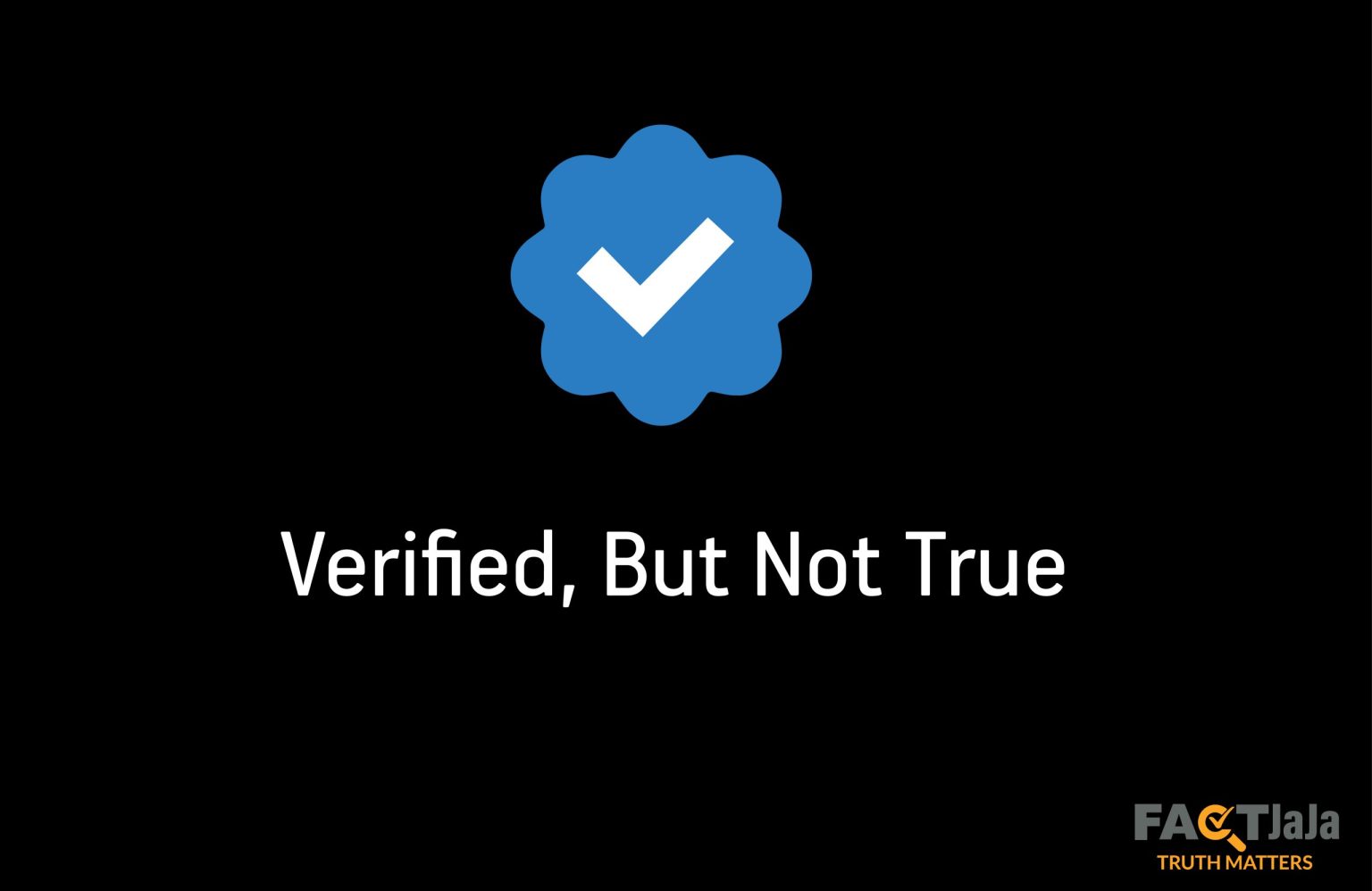A recent report by the UK and US-based Center for Countering Digital Hate (CCDH) has revealed a troubling trend: verified social media accounts—those marked with the once-trusted blue checkmark—are now among the biggest spreaders of misinformation.
The CCDH found that 88% of misleading posts on X (formerly Twitter), 73% on YouTube, and 64% on Meta platforms came from verified users. This revelation undercuts the long-standing assumption that verified accounts are inherently trustworthy or accountable.
Originally introduced to distinguish genuine profiles of public figures, experts, or institutions, verification badges have shifted in meaning—especially on platforms like X, where verification is now often tied to paid subscriptions rather than credibility. As a result, the blue tick, once a symbol of authenticity, is increasingly being used to give false information the illusion of legitimacy.
This creates a dangerous environment where users are more likely to trust and share content simply because it appears to come from a credible source. The impact is especially serious in areas like health, elections, and conflict reporting, where misinformation can directly harm public safety and democratic processes.
The challenge now lies in redefining trust online. As digital platforms continue to reward engagement over accuracy, verified accounts must be held to higher standards—not just for what they say, but for the influence they wield.
For fact-checkers and media educators, the rise in misinformation from verified sources is a call to expand digital literacy, reminding users that a blue tick is not a badge of truth.

